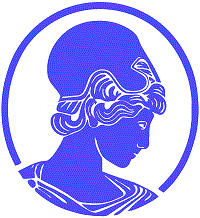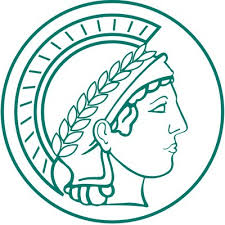In modern societies, legal work is work within texts and language. When legal practitioners work with norms, they actually work with different texts. They connect a text with other texts, for example statutes with prior court decisions, texts of the legal scientific community, legal commentaries, texts of external opinions of experts, and, of course, texts describing the controversial “real facts”. In other words: The modern constitutional state establishes an intertextual structure. This is not just another attribute among others. The constitutional state is indeed a text structure in itself.
In this perspective, language is the most important medium to share and negotiate legal norms as behavioural expectations under a threat of penalty. Furthermore and more importantly, language-based constitutional democracy transforms the brute force of social conflicts into a due process and a semantic struggle for better arguments.
Modern legal linguistics (Vogel 2017a, 2017b; Felder/Vogel (Ed.) 2017; Solan/Tiersma (Ed.) 2012) is a joint discipline of legal studies and linguistics. The correspondingly associated scholars often have a degree in both linguistics and legal science and explore the language-based constitution of law in legislation, judicature, administration, jurisprudence (research and teaching) and commentaries. The relationship between law and language in various aspects is the main research subject of legal linguistics. Important topics of legal linguistics are, for example, law as a structure of multimodal signs and a network of texts, legal interpretation methods, implicit speech theories in legal practice, discourse in courts, improvement of comprehension of legal texts, conflict resolution, linguistic human rights and others. Legal linguistics is to be distinguished from forensic linguistics, which mostly does not attend to “linguistics of law”, but focuses on (everyday) language use as a subject of crime. Our own approach is part of legal linguistics and we try to make the law more explicit. This is the starting point of "computer assisted legal linguistics".
Computer Assisted Legal Linguistics (CAL2) develops and uses huge text collections of legal and non-legal texts as well as computational methods to analyse language in law. This research perspective focuses not only on micro systems of norm construction, but also on macro structures of legal discourse, which are statistically calculated speech patterns of law in specific contexts, semantics of legal dogmatics and power networks in legal societies. In doing so, CAL2 does not intend to replace, but to control and assist introspection in legal interpretations, combining the theory of law, language and media with algorithms of informatics. The first discussion on this topic was held at the interdisciplinary conference "Juridical Corpus Pragmatics" in Freiburg in 2013. Under the leadership of Dr. Hanjo Hamann (lawyer at Max Planck Institute Bonn) and Prof. Dr. Friedemann Vogel (legal linguist at the University of Freiburg), CAL² started to build up the first German Legal Reference Corpus ("Juristisches Referenzkorpus", JuReko), a project supported by the Academy of Science (Germany) for three years. Another project focusing on the notion of "employee" in the German Labour Law was completed in 2014 and published in 2015 (cf. publications) as a joint initiative of Friedemann Vogel, Dr. iur. Stephan Pötters (Bonn) and Dr. iur. Dr. phil. Ralph Christensen (Bonn/Mannheim). An additional comparative pilot study of "Speech patterns in German and British labour law" has expanded JuReko with the introduction of the British Case Law since September 2015 (cf. projects).
All over the world there is an increasing number of legal linguists working on similar projects. To bring these people and projects together, Friedemann Vogel founded the International Research Group of Computer Assisted Legal Linguistics (CAL2-group) in 2015. The aim of this network and research group is to share and support common interests, especially the development of new methods and multilingual text corpora (e.g. the construction of a "European Law Corpus") to assist contrastive studies in language and law of Europe as well as of the world.
For more information about our approach of computer assisted legal linguistics see projects, publications (e.g. Hamann/Vogel 2018) and activites.


